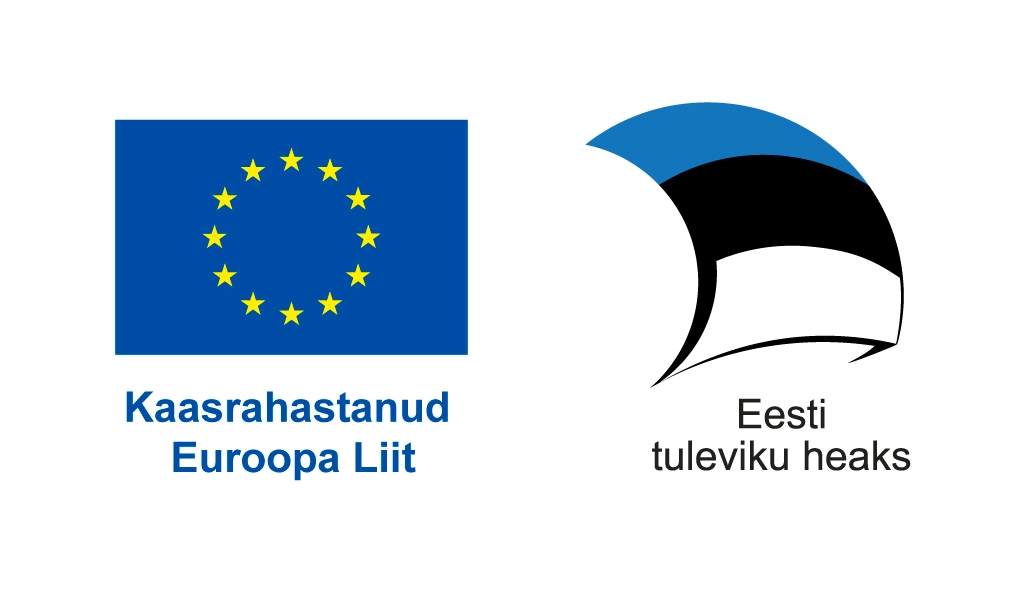We have previously introduced Lyfery’s health behavior scoring model, which enables us to be the first in Estonia to offer life insurance that takes lifestyle into account. At Lyfery, we can provide fair and often more affordable life insurance premiums to those with healthy lifestyles.
Currently, our health behavior model consists of five key factors: time spent on moderate to intense physical activity per week, daily steps, smoking, alcohol consumption, and the use of health services.
At Lyfery, we value science-based approaches, and we are constantly improving our health behavior model. In the future, we are considering adding a few more essential factors to our health behavior assessment.
Blood Pressure: High blood pressure, even if a person doesn’t feel it, damages organs throughout the body (including the brain, kidneys, and heart) and increases the risk of heart attacks, strokes, and poor circulation in the legs. An estimated 9.4 million people die worldwide each year from cardiovascular diseases related to high blood pressure (1). It is important to monitor blood pressure, reduce salt intake if necessary, and treat high blood pressure early to prevent future problems.
Body Mass Index (BMI): Overweight and obesity are associated with various diseases, such as cardiovascular disease, diabetes, cancer, and depression, as well as issues like lower self-esteem, discrimination, and social isolation (2, 3). A systematic review of healthy individuals found that for every 5-point increase in BMI (which would translate to roughly a 15 kg weight gain for a person 175 cm tall), the risk of death during the study period increased by 21% (4)! Even moderate weight loss can significantly reduce health risks.
Vegetable Consumption: A key pillar in preventing lifestyle diseases is a varied diet rich in vegetables and low in ultra-processed foods. Ultra-processed foods are linked to obesity, anxiety, mental health disorders, and diabetes (5). Vegetables are packed with essential nutrients and help fill you up without excessive calories (6).
Berry and Fruit Consumption: Eating berries and fruits is an important, low-calorie way to get fiber and positively impact cardiovascular health, the immune system, and digestion (7). Berries also contain important antioxidants, which are linked to maintaining cognitive function in old age (8).
Sleep: Quality sleep is not just rest for the body; it is biologically essential for the proper functioning of vital organs. Sleep deprivation increases the risk of chronic diseases (such as cardiovascular disease, diabetes) and cancer. Additionally, losing weight becomes more difficult without sufficient sleep. It is recommended to get 7-9 hours of sleep per night (9, 10).
Mental Health and Social Relationships: The brain and body are undeniably connected, and to live longer and healthier, it’s essential to prioritize mental well-being and relationships. Chronic isolation or strained relationships can impact blood pressure and overall health and increase mortality over time (11). On the flip side, satisfaction with relationships at age 50 can predict health at age 80 (12).
Screening Programs: In Estonia, regular screenings are conducted for colorectal cancer (for men and women aged 60-68), breast cancer (for women aged 50-74), and cervical cancer (for women aged 30-65). Screenings provide a unique opportunity to detect cancer at an early (more treatable) stage or prevent cancer altogether. For example, proper cervical cancer screening can reduce the incidence of this cancer by 80% (13)! A successful colorectal cancer screening program can prevent a third of colorectal cancer deaths (14). Therefore, we are considering giving Lyfery health behavior points for participation in screening programs in the future.
It can now be scientifically stated that if all Estonians adopted healthy habits in each of these areas, it would significantly reduce cardiovascular diseases, cancer, and premature deaths, which affect half of Estonia’s population (15). At Lyfery, we aim to contribute to creating a healthier future in Estonia.
This article has been reviewed by our medical consultant, Dr. Kristiina Paju.
Sources:

Lyfery pakub sulle personaalset ja sinu tervisekäitumisest sõltuvat elukindlustuse lahendust. Skandinaavia pangad seda endale lubada ei saa.

The project “Technological development, testing, and demonstration of components of a healthy lifestyle scoring model” has received €34,580 in development grant support.
As part of the project, a model was developed to assess healthy lifestyle habits, enabling the cost-effective offering of life insurance that supports healthier living. The goal is to create a scalable, health-promoting product that can be expanded across Europe.
As a result of the project, the Lyfery app now measures lifestyle-related mortality risk on an individual customer basis.